How I Got Here
G.J. Meyer (A&S '62) is a best-selling author and journalist.
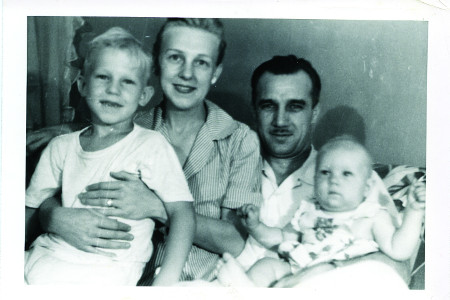
1940
Meyer is born in north St. Louis to a postal-worker father and a homemaker mother.
“My parents assumed that any degree was a ticket to the middle class, so they didn’t
fret when I majored in English rather than something ‘practical.’ I was free to go
my own way.”
|
1954
He lies about his age to work as a soda jerk.
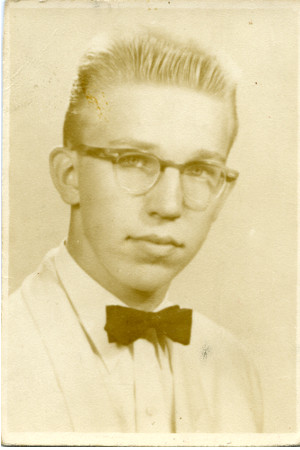
1958
He receives a National Merit Scholarship and goes to SLU.
"I joined The University News, where I found fun, bright, intellectually lively people. That transformed college
for me."
|
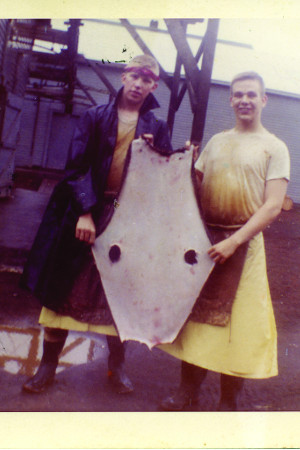
1958
He becomes a copy boy at the St. Louis Post-Dispatch and then a reporter for the St. Louis Globe-Democrat.
He summers in Alaska deblubbering seal skins.
|
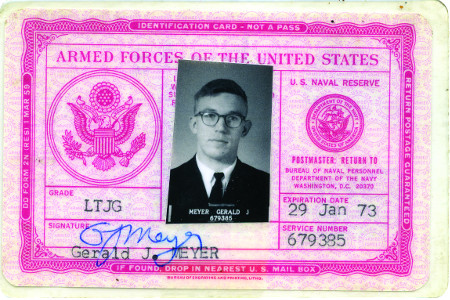
1962
He is "saved from law school" by a Woodrow Wilson Fellowship for graduate work at
the University of Minnesota.
He completes a master's degree, joins the Navy and serves as a lieutenant aboard a
destroyer in the South China Sea during the Vietnam War.
|
1968
Bored by his job with an Iowa magazine publisher, he appeals to the
Des Moines Register and is hired as a police reporter. He later gets an offer at the
St. Louis Post-Dispatch by "applying persistently."
The wife of a serial killer sees Meyer's byline and asks him to tell her story. This
becomes his first book, The Memphis Murders, which wins an Edgar Award from the Mystery Writers of America. "The deal was that
the wife would get a percentage of my royalties. Suffice it to say that neither of
us got rich."
1971
He spends a year at Harvard on a Nieman Fellowship. He returns to St. Louis and joins
FleishmanHillard, a public relations firm.
His biggest client is McDonnell Douglas, where he later becomes vice president of
communications.
1988
His second book, Executive Blues: Down and Out in Corporate America, receives critical praise.
"I do a lot of my writing in longhand and am a compulsive rewriter. I set first drafts
aside to cool, until I can look at them objectively. Doing a second draft, I'll often
change almost every line. Writing is a hard, hard process for me."
1996
He moves to Manhattan to join an investor relations agency. He eventually gets a publisher's
contract to complete A World Undone: The Story of the Great War, 1914-1918.
"Travel in Europe made me aware that we Americans have little sense of how terrible
a tragedy WWI was because it was a relatively easy war for us. It was the destruction
of a generation, a world-changing horror."
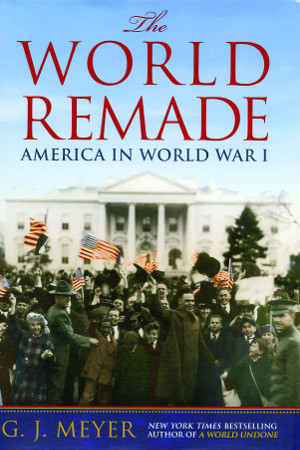
2005
He writes full time, teaches at colleges part time. He moves to England. He goes on
to write:
- The Tudors: The Complete Story of England's Most Notorious Dynasty (2011)
- The Borgias: The Hidden History (2014)
- The World Remade: America in World War I (2017)
|
2017
He collaborates on a documentary about the papacy while beginning work on a first
novel.
"I feel I've established myself in nonfiction. Fiction, I think, is a new, possibly
higher challenge for me. It's my Mount Everest."
Written by Marie Dilg for Universitas






















